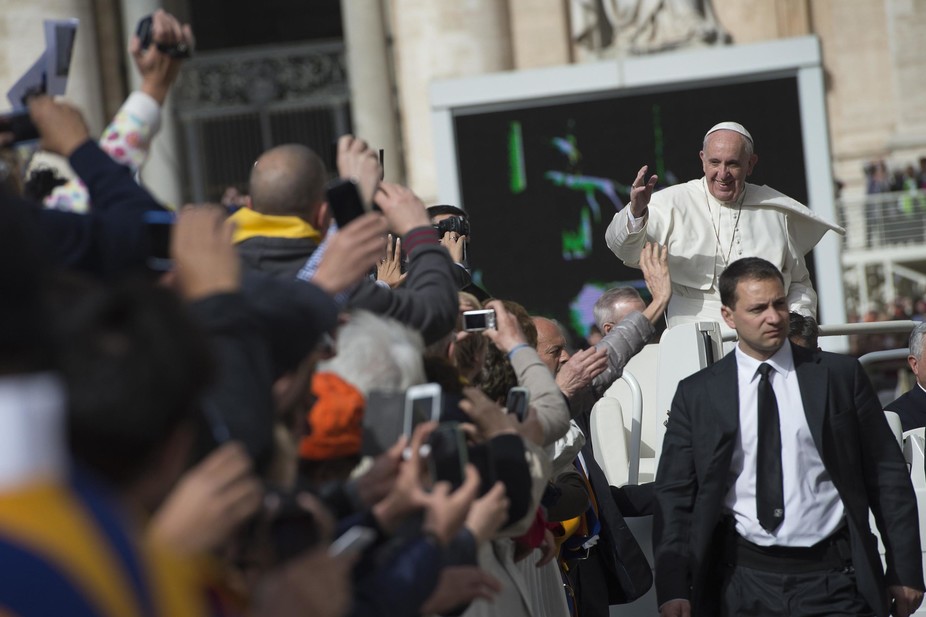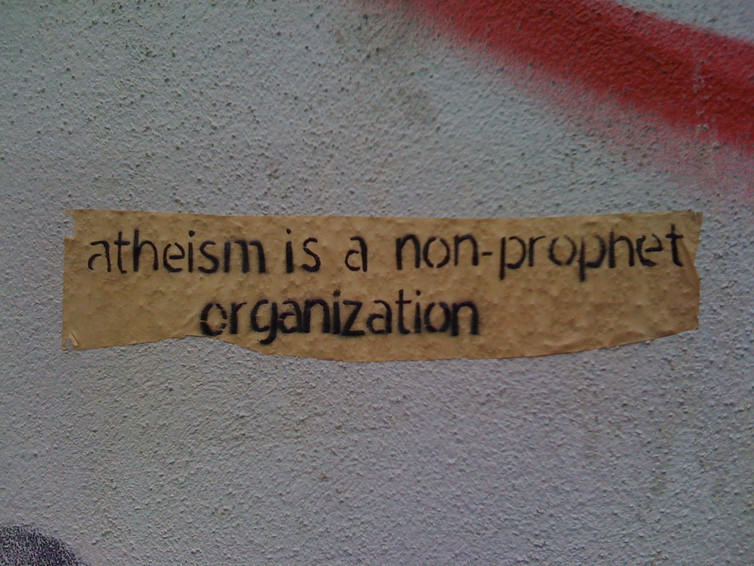Catholicism’s Multi-billion Dollar Brand Is Struggling Despite Pope Francis
By Brendan Canavan
When the chief executive of Goldman Sachs, Lloyd Blankfein, told a newspaper the firm was “doing God’s work”, his appeal on behalf of higher powers was an attempt to rescue the tainted reputation not only of his own investment bank, but of the entire industry. But for the Catholic Church, even this most obvious of strategies might not be enough to stem an inexorable decline. The Catholic church is one of the oldest and most profitable brands in history. Financial details are kept sketchy, but this vast multinational dwarfs any other. The Economist has estimated that, in 2010, spending by the US branch of the church and its various entities (probably the wealthiest and least opaque of the global organisation’s chapters) was $170 billion. Yet the church is beset by problems. As many brands have found out (the BBC’s experience of sex abuse claims for instance), handling the fallout from a disgrace is perhaps more important than the scandal itself. The drip feed of negative headlines associated with sexual abuse and its cover up has irreparably tarnished the Catholic brand for many. There is a more fundamental threat to Catholicism however: irrelevance. Mobile phone company Nokia disappeared because it failed to keep up with the changing expectations of consumers over the size of its phone screens. What therefore are the consequences of diverging from public opinions on and experiences of homosexuality, female equality, married life, sex and parenthood? Perhaps we can see it in the stunning decline of Catholic congregations across large parts of Europe and in North and South America. Comforting distractions A brand is two things. Firstly, it is a solution to a customer need. Humans look for meaning in a chaotic universe and religions compete with distilleries, retailers, social networks, movies and many others to provide, if not satisfying answers, then at least comforting distractions. The Catholic church is no longer providing a solution that resonates for many. And fewer believe in such solutions when they are proposed by a discredited brand. Secondly, a brand is a community. When that community stands in opposition to the values and identities of many of its members, it pushes them out. Their loss reduces diversity and damages the creativity and vibrancy that keep a brand alive and attractive. Those who remain are more exclusive and out of step with outsiders. As people are pushed out or left to feel unwelcome, they look elsewhere. Gay clergy and members are forced to mask their identity if they are to remain. The LGBT Catholic community monitors gay-friendly Catholic parishes. Many have split from the mainstream church – and the threat of schism over homosexuality continually looms.
Non-belief relentlessly expands its market share. Young people in America are significantly less religious than older generations. Meanwhile, niche operators are moving in – syncretic religions which fuse Christianity with traditional or new-age beliefs are expanding rapidly in Latin America. Non-Catholic Christian denominations are building mega churches throughout Africa. These flexible competitors have aligned themselves closely with local customs, interests and landscapes to offer a more relevant and inclusive brand. The problems faced by the Catholic church are not unique. Religious brands of all stripes are facing similar existential crisis. From Mecca to Rome to Varanasi, socio-cultural changes are outpacing the ability of traditional religious brands to keep up, and they are failing to provide brand solutions and communities that appeal. Trapped in a squeezed mid-market they are caught between liberalisation to the point of Episcopalian ephemera, whereby doctrine becomes so openly interpreted that a religion is no longer centrally organised or structurally cohesive. Alternatively, they survive by fuelling the fires of a shrinking, and otherwise off-putting, conservative minority. Disconnections The marketing response has repeatedly been one of rage. From political Hindus suppressing dissent, to the murder of blasphemous bloggers by Islamists, evidence is that religious brands cannot and will not accept change.
This only serves to underline the disconnection between religious brands and social reality. Research suggests that anti-gay, anti-science attitudes are turning people away from religion in the US, for example. In a globalised and hyper-connected world, scandals, hypocrisy, lies, financial cover-ups, and generally obfuscated moral messages, are shared, picked apart and rejected faster than ever. Instead a reflective marketing approach is required. One which recognises that individuals and societies are changing and that brands need to change as well if they are to survive. The Catholic church needs to research, respect and respond to changing consumer needs and values. If it does not, it will continue to decline. Religious brands answer to a higher power: the consumer. Even the world’s oldest, wealthiest and most powerful brands are not infallible.
|
.
Any original material on these pages is copyright © BishopAccountability.org 2004. Reproduce freely with attribution.


